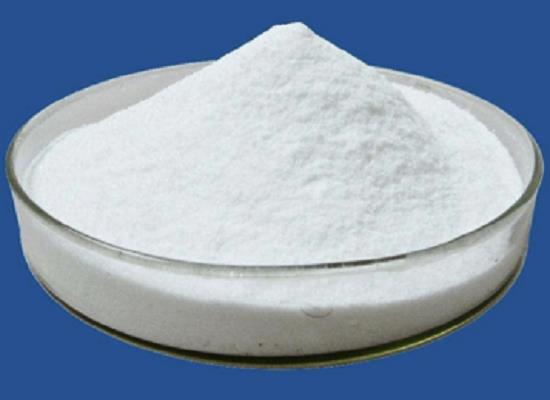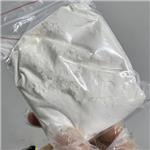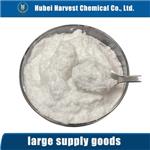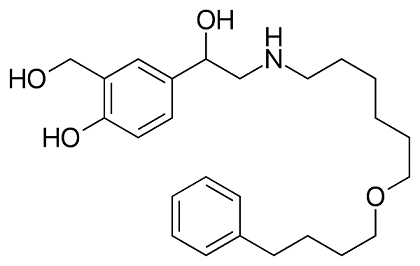Salmeterol: Mechanism of Persistence and Clinical Applications
General Description
Salmeterol, a long-acting β2-adrenoceptor agonist, is widely used for the treatment of respiratory conditions like asthma and chronic obstructive pulmonary disease. Its mechanism of persistence has been debated, with various theories proposed, including lipid solubility and receptor rebinding. Comparisons with other LABAs suggest that lipophilicity plays a role in its prolonged action. However, the involvement of exosite binding and other mechanisms, like those seen with indacaterol, remains uncertain. To gain a clearer understanding, future studies should focus on controlled experiments using isolated systems. Salmeterol's clinical applications include maintenance treatment for asthma and COPD, improving lung function, reducing symptoms, and enhancing quality of life. Combination therapy with corticosteroids is common. Overall, salmeterol provides long-lasting bronchodilation and symptom relief, benefiting patients with respiratory conditions.

Figure 1. Salmeterol
Mechanism of Persistence
Another problem encountered is in the variety of experimental techniques and compounds used. Austin et.al., for example, performed a comprehensive analysis on results obtained with an extensive range of compounds, from which they concluded that duration of action is a function of lipid solubility, along with basicity of the secondary amine, and they felt that their data provided no support for the exosite hypothesis. Although this may have been the case for the compounds under study, these compounds were not salmeterol, and the durations of action determined (≤3 h) were considerably shorter than that of salmeterol, and thus too limited to permit any firm conclusions to be drawn.
Exosite binding is still very much a hypothesis, but there are certain features of salmeterol's profile of action that appear to be hard to explain by other mechanisms: (i) the repeated ability of responses to salmeterol to fully reassert, following treatment with high concentrations of β-adrenoceptor blocking drugs and subsequent washout, despite the addition of no further agonist; (ii) the relatively short duration of action of responses to salmeterol that are mediated by mechanisms other than β2-adrenoceptors, including β1- and β3-adrenoceptors and other undefined ‘non-β2-adrenoceptor’ mediated mechanisms; (iii) the results of receptor mutation studies in which an amino acid sequence within the fourth transmembrane domain of the β2-adrenoceptor, when replaced with the corresponding sequence from the β1-adrenoceptor, resulted in a less persistent duration of action of salmeterol. Furthermore, when the wild-type sequence from the β2-adrenoceptor replaced its counterpart in the β1-adrenoceptor, it resulted in a prolonged duration of action of salmeterol mediated via this β1-adrenoceptor mutant.
At the risk of further complicating the issue, it is probably worth mentioning the introduction of a novel ‘ultra-LABA’, indacaterol, that uniquely combines a duration of action reportedly longer than that of salmeterol, with a rapid onset of action. This compound appears to be of relatively low lipid solubility (consistent with its rapid onset of action) and lacks the arylalkoxyalkyl chain key to salmeterol's prolonged duration of action, and central to the exosite hypothesis. The impressive duration of action of indacaterol would therefore appear unlikely to result from either microkinetics or exosite binding, suggesting that a further mechanism is at play, which may or may not have relevance to salmeterol.
One of the confounding factors in most of the studies performed to date is the use of tissue as an experimental model. Tissue bulk provides a huge potential lipid sink that will undoubtedly act as a reservoir for any lipophilic compound, having a marked influence on apparent offset of action, whether or not it is the prime determinant. Perhaps the most clearly ‘anti-exosite’ data presented to date are contained in the report by Teschemacher and Lemoine, who used lung membranes rather than intact tissue for their studies, and limited the amount of drug to which the membranes were exposed. Using this model, they reported that salmeterol could behave as a fast onset, fast offset β2-adrenoceptor agonist, demonstrating little or no persistence of action. Although their findings seem to be at odds with those of others who have used isolated membranes or cells rather than tissue in their studies, this approach probably indicates the way forward, that is, simplicity of experimental system. There is little doubt that this debate will eventually be resolved, but it will take very carefully designed experiments with clearly quantifiable functional read-outs conducted in simple systems, whether cells or isolated membranes, to limit the potentially confusing influence of tissue bulk, to achieve it. Only when such studies have been completed, and some clarity of mechanism has emerged, should the studies be extended to more complex systems, initially isolated preparations of airways smooth muscle in vitro, and ultimately airways function in vivo.1
Clinical Applications
Salmeterol is a highly selective beta 2-adrenoreceptor agonist with a long duration of action--as long as 12 hours or more. When inhaled twice daily in the management of chronic asthma, salmeterol can improve lung function and the quality of life for patients with asthma, and reduce acute asthma exacerbations. It is also a useful adjunct in the treatment of exercise-induced asthma and nocturnal asthma. In patients who continue to have symptomatic asthma despite the regular use of an inhaled corticosteroid, salmeterol acts as a secondary controller of symptoms and reduces the need for inhaled short-acting beta 2-agonist "rescues". Since salmeterol is different from other beta 2 agonists, patients must be carefully educated in its proper use. Salmeterol should be administered in combination with an inhaled anti-inflammatory medication as adjunctive therapy, but it should not be used for rescue bronchodilatation.2
Reference
1. Coleman RA. On the mechanism of the persistent action of salmeterol: what is the current position?. Br J Pharmacol. 2009;158(1):180-182.
2. Weinberger M. Salmeterol for the treatment of asthma. Ann Allergy Asthma Immunol. 1995;75(3):209-211.
Related articles And Qustion
See also
Lastest Price from Salmeterol manufacturers

US $55.00-550.00/kg2024-08-27
- CAS:
- 89365-50-4
- Min. Order:
- 10kg
- Purity:
- 0.99
- Supply Ability:
- 20tons

US $0.00-0.00/kg2022-11-15
- CAS:
- 89365-50-4
- Min. Order:
- 1kg
- Purity:
- 99%
- Supply Ability:
- 100000000000




